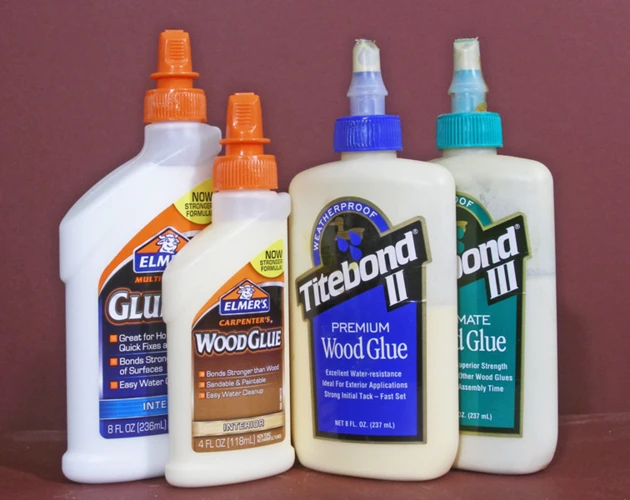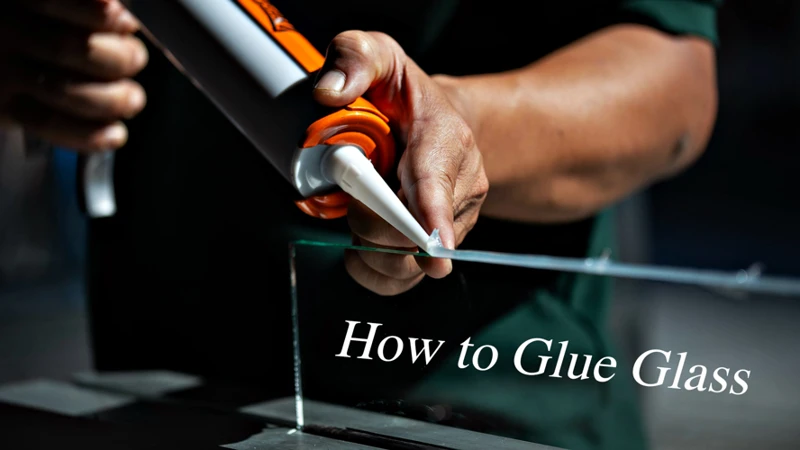Limestone, a sedimentary rock composed mainly of calcite and aragonite, is a material that has been at the heart of construction and architecture for centuries. Its durability and attractive appearance make it a popular choice for both indoor and outdoor projects. However, the art of gluing limestone is fundamental to ensuring the integrity and aesthetic appeal of any limestone application.
Understanding Limestone and Its Uses
Limestone has a wide range of uses, from building materials to decorative elements. It’s commonly found in flooring, wall cladding, countertops, and outdoor landscapes. The versatility of limestone allows it to be cut and shaped to fit various designs, adding a touch of elegance to any setting.
Benefits of Using Natural Stone Glue
Natural stone glue offers a host of advantages when it comes to bonding limestone. It is designed to withstand the specific challenges that come with natural stone, such as porosity and weather exposure. Using a specialized adhesive ensures a long-lasting hold that is resistant to moisture and temperature variations, which is particularly important in outdoor limestone bonding.
Choosing the Right Limestone Adhesive
For any limestone project, selecting the appropriate adhesive is crucial. It can affect not only the installation process but also the longevity and appearance of the finished work.
Types of Limestone Adhesives
There are several types of adhesives suitable for limestone, including polyurethane, acrylic, and cement-based products. Each comes with its own set of properties, making some more suitable for certain applications than others. It’s important to consider factors such as the location, exposure to elements, and the weight of the limestone being bonded.
Limestone Epoxy Solutions
Limestone epoxy is a two-part system known for its strength and durability. It is particularly useful for heavy-duty applications where a strong bond is non-negotiable. Epoxies are also versatile in terms of curing time and can be formulated to set quickly or slowly depending on the project’s requirements.
Outdoor Limestone Bonding Considerations
For outdoor limestone bonding, the adhesive must be able to withstand the elements. This means it should be waterproof, UV-resistant, and capable of handling temperature fluctuations. Epoxies and certain polyurethane adhesives are often the go-to choices for outdoor settings.
DIY Limestone Projects
Working with limestone can be a rewarding experience for any DIY enthusiast. With the right technique and materials, you can achieve professional-looking results on your own.
How to Attach Limestone in Your DIY Project
When considering how to attach limestone for a DIY project, surface preparation is key. You’ll need to ensure that the limestone is clean and dry before applying the adhesive for the best results.
Limestone Masonry Techniques for Home Repairs
Limestone masonry techniques have been refined over centuries. For home repairs, understanding these methods can be invaluable. Simple repairs such as reattaching a loose stone or filling cracks will help maintain the structure and beauty of your limestone elements.
Step-by-Step Guide to Gluing Limestone
Gluing limestone is a precise process that, when done correctly, results in a strong and seamless bond. Let’s break down the steps involved.
Preparing the Limestone Surfaces
Firstly, ensure the limestone surfaces are clean, dry, and free of any dust or debris. If necessary, use a wire brush or sandpaper to create a rough surface for better adhesion.
Applying the Limestone Adhesive
Next, carefully apply the limestone adhesive to one of the surfaces to be joined. Follow the manufacturer’s instructions regarding the amount and method of application for optimal results.
Bonding Limestone Pieces Together
Press the limestone pieces firmly together, ensuring a tight fit. Any excess adhesive should be wiped away promptly to prevent it from setting on the surface.
Curing Time and Conditions
The curing time can vary based on the adhesive used and environmental conditions. It’s crucial to allow the adhesive to cure fully before subjecting the limestone to any stress or weight.
Limestone Repair and Maintenance
Over time, even the sturdiest limestone installations may require some maintenance or repair. Knowing how to approach these issues will help preserve the stone’s integrity.
Identifying When Limestone Repair Is Needed
Regular inspections can reveal cracks, chips, or loosened stones, indicating it’s time for limestone repair. Addressing these issues early can prevent further damage and maintain the stone’s aesthetic.
How to Use Natural Stone Glue for Repairs
Natural stone glue can be used to fill gaps or reattach pieces of limestone. It’s essential to choose a glue that matches the stone’s properties to ensure a discreet and effective repair.
Advanced Tips for Bonding Limestone
For those looking to take their limestone bonding skills to the next level, these advanced tips will be invaluable.
Secrets to a Strong and Durable Limestone Bond
A strong bond begins with proper surface preparation and the right choice of adhesive. Additionally, applying the correct pressure and allowing ample curing time are critical factors in achieving a durable bond.
Custom Color Matching Techniques
To ensure repairs or additions blend seamlessly with existing limestone, custom color matching is a useful technique. This involves tinting the adhesive to match the stone’s natural hues.
Common Mistakes to Avoid in Limestone Gluing
- Skipping surface preparation: Always clean and, if necessary, roughen the limestone surfaces before applying adhesive.
- Using the wrong adhesive: Select an adhesive that is specifically formulated for limestone and suitable for the project’s environment.
- Rushing the curing process: Give the adhesive sufficient time to cure fully for maximum strength and longevity.
Conclusion: Ensuring a Successful Limestone Bonding
In conclusion, successful limestone bonding is attainable with meticulous surface preparation, the correct adhesive selection, and patience during the curing process. Whether you’re undertaking a DIY project or conducting repairs, understanding these principles will ensure your limestone installations stand the test of time.


